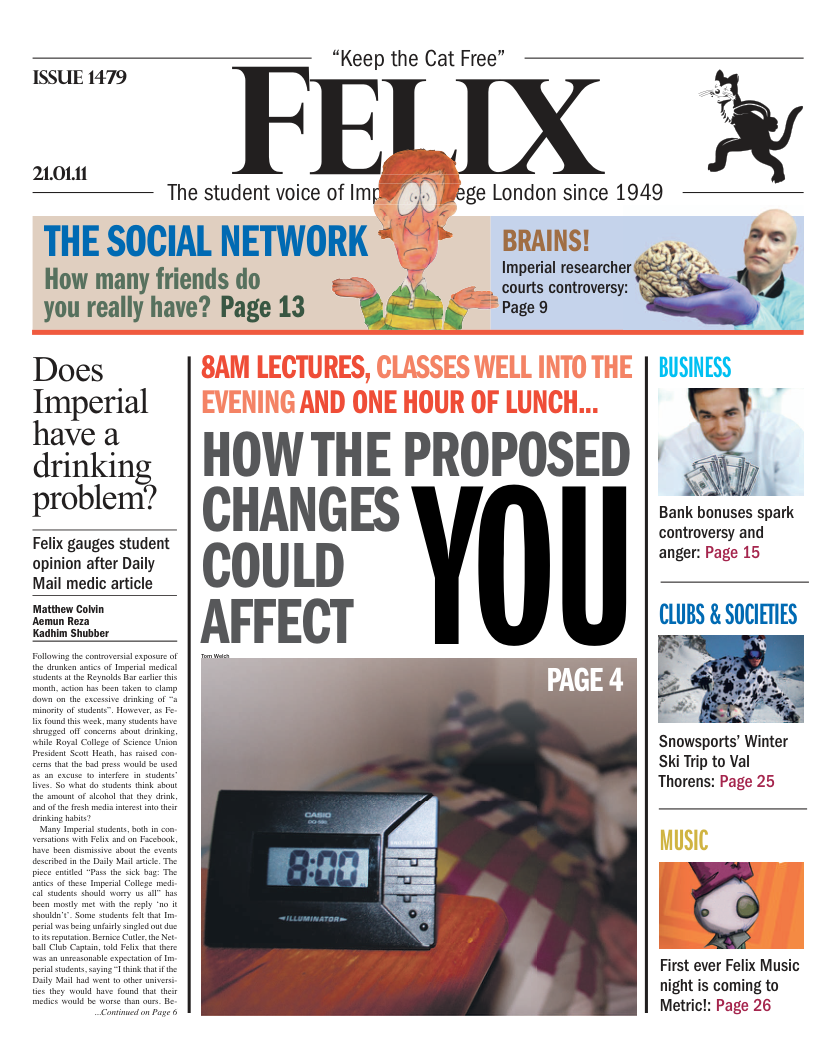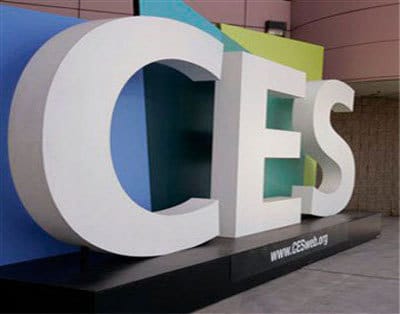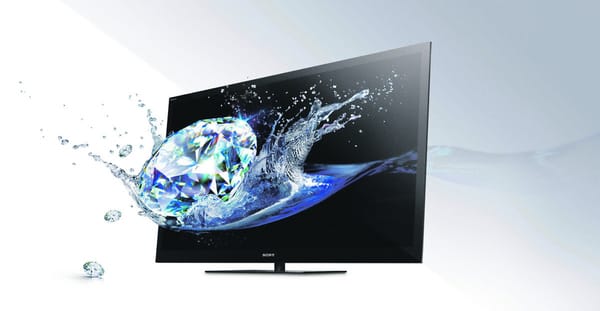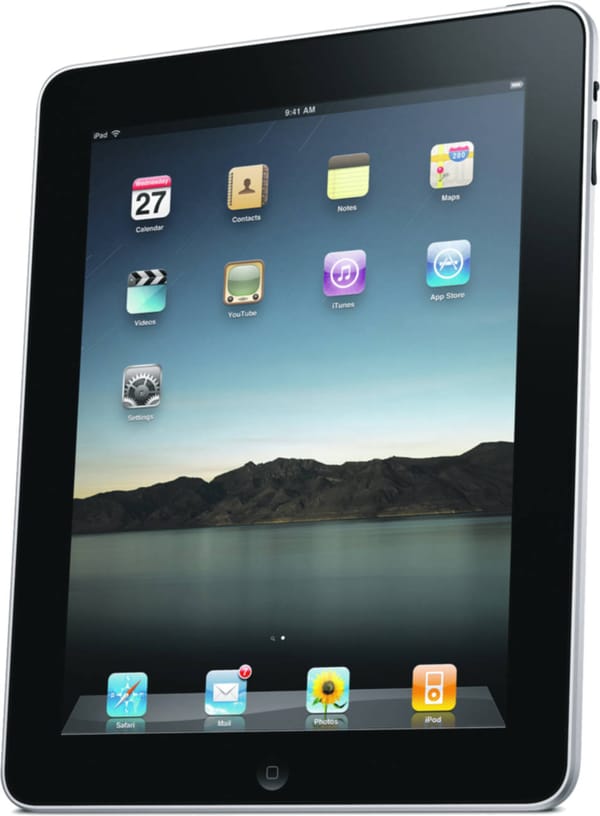The Motorola Atrix 4G Versus the Cloud
The device that rule them all, Motorola Atrix
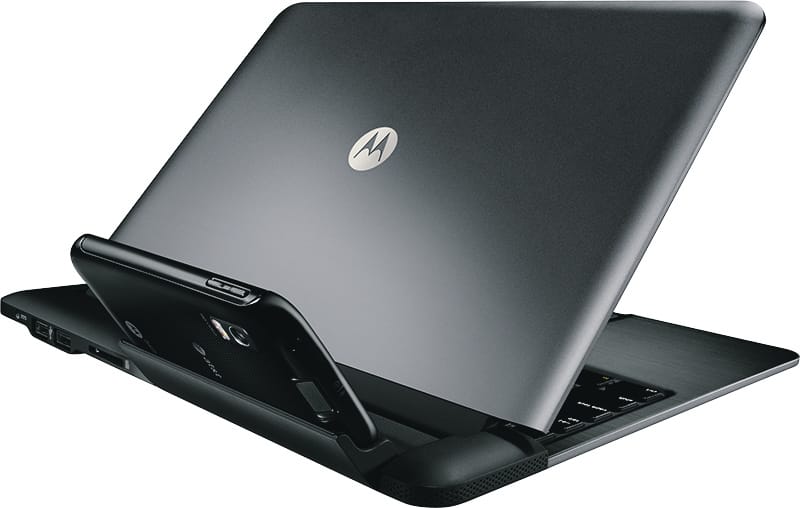
With the introduction of the Motorola Atrix at CES, we saw a modern implementation of the “One Device to Rule them All” paradigm. Smartphones have reached a state where they encompass our phone, media player, casual web browser and camera, all to a level that is more than acceptable to the average user. The Atrix takes this to the next level with its laptop dock accessory, potentially making it our primary computer on top of everything else.
This contrasts to the way that the majority of the technology industry seems to be heading. With Internet speeds and accessibility improving at such a fast rate this past decade, the concept of “the cloud” has been on everybody’s lips. Services like Dropbox and Apple’s iDisk, as well as the idea of home servers, have made it possible to have several devices all linked up to one source of data. We see this at Imperial every day. Wherever I am, on whatever campus, I know I can log in to any computer and see the same desktop screen I always see. Moreover, I can VPN in from home and have access to any file I have stored on their system.
Google are currently the ones spearheading the cloud concept. With services like Google Docs and Google Calendar, should anyone decide to steal all my gadgets, I know that all that work and all those appointments are safely stored on our future overlord’s servers. Soon, we will see this taken to the extreme with Chrome OS. The principle behind this new browser-based operating system is that anyone can log into any machine with an Internet connection and be taken to their own account. All of their applications, Internet history, bookmarks, themes, documents, etc, are presented to them in the same way as their home computer. While this seems like a drastically new approach to how we use computers, in reality it’s a recycling of ideas. In the days of the mainframe system, thin clients would connect to a central computer system for everything, acting as a simple terminal. Of course this now out-dated technology relied on wired connections, but with technologies like 3G making the internet far more accessible everywhere you go, it’s a concept that is getting increasingly feasible on the move. Therefore, the idea of a thin client connecting to, and pulling all information from, a server has morphed into what we see in cloud computing today.
The other approach is lot less of a stretch of the imagination, at the moment. The technology we see every day involves: 32GB of storage on components the size of a thumbnail, laptops that are more powerful than 1980s supercomputers, and other laptops that are lighter than the majority of textbooks available at the Central Library. CES revealed the future of mobile devices. One that involves multi-core processors, super-fast WiFi and 4G Internet connectivity, plus phenomenal graphics performance, all housed in a pocketable device, which we can take with us everywhere. The big question is: at what point does this one small device meet the universal functional needs of the majority.
These two very different approaches to how we use computers both come with drawbacks, but as with all other fields of technology, there’s no telling how magical they could become in the near future. What I really like about this outlook is the fact that it is us that ultimately benefits, regardless of which method dominates. Whether it’s in your pocket or in the cloud, all your data will soon be wherever you want it to be.

